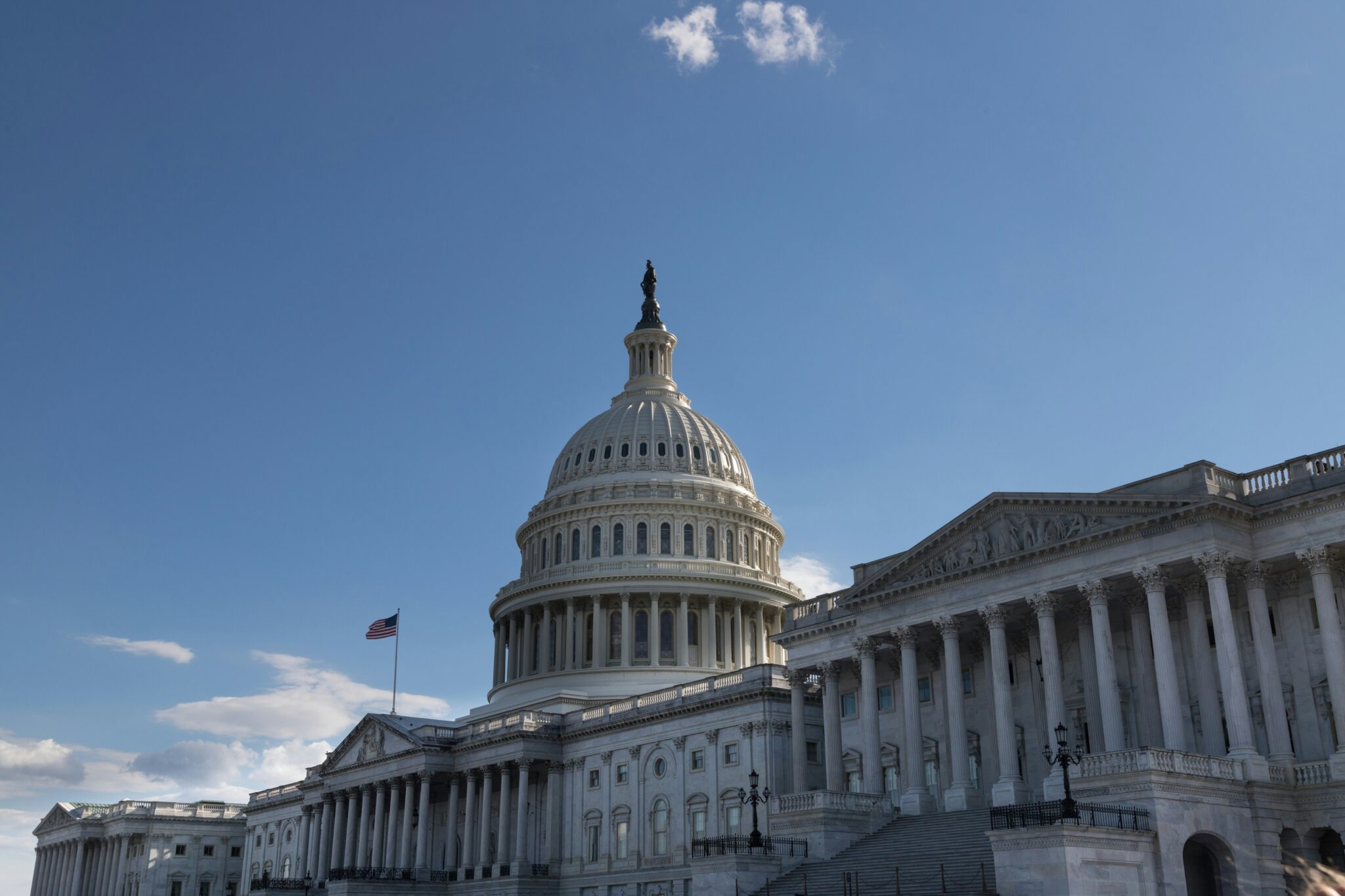Today, the Bureau of Land Management (BLM) released the schedule of rental fees it will charge for development of solar generation facilities on public lands. Taxpayers for Common Sense applauds the efforts of BLM to craft a fee schedule that will ensure the fair market return to taxpayers for commercial development of public lands.
“Making sure taxpayers are getting a fair return for the development of public lands is important given the huge backlog of solar projects in the pipeline,” said Taxpayers for Common Sense President Ryan Alexander. “This is a good start given the tools they have to work with.”
BLM has identified 31 renewable energy projects (14 solar, 7 wind, 3 geothermal, and 7 transmission) as likely to successfully complete full environmental analysis and public review by December and put them on a ‘fast track’. These projects will have the cumulative potential to deliver 5,000 megawatts of renewable power, and BLM has committed to permitting a total of 9,000 megawatts of renewable power by the end of 2011, putting the agency on track to meet a Congressional target of 10,000 megawatts of new renewable power from public lands by 2015.
“Going forward, Congress now needs to give BLM the authority to create a program designed specifically for processing and approving renewable energy applications that prioritizes transparency and accountability for government and industry alike,” said Alexander. “This is the best way to ensure taxpayers are getting a fair return as more wind and solar projects are built on public land.”
The Federal Land Policy and Management Act requires BLM to collect an annual rental payment for right-of-way authorizations on the public lands. Right-of-way authorizations, however, were originally designed by Federal Energy Regulatory Commission and BLM to charge companies for the rights to locate power lines, pipelines, and communications lines on federal land. Unlike communication lines, the federal land to be used for wind and solar power generation provides critical resource inputs that have additional value far in excess of basic rental fees charged for occupying the land.










